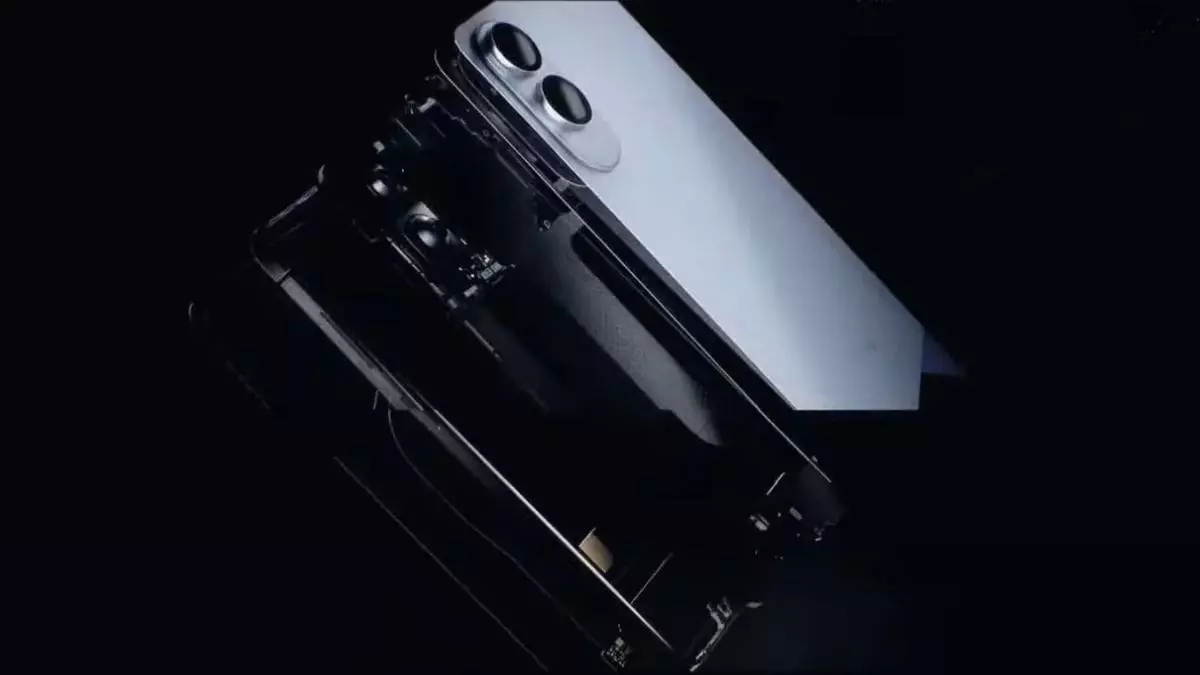The unveiling of the Samsung Galaxy S25 Edge during the Galaxy Unpacked 2025 event has set the stage for a new era in smartphone design. Taking place in the tech hub of San Jose, this grand announcement puts an end to extensive speculation that surrounded the phone prior to its reveal. Samsung has consistently pushed the boundaries of what a smartphone can be, and the S25 Edge promises to continue that tradition. Emerging as the latest addition to the Galaxy S25 family, which includes the Galaxy S25, S25+, and S25 Ultra, the S25 Edge stands out for its anticipated sleek profile and innovative features.
One of the most exciting aspects of the Galaxy S25 Edge is its design. Samsung’s return to the “Edge” branding, which last graced the Galaxy S7 Edge in 2016, indicates a renewed commitment to aesthetic and functional innovation. The company seems to be banking on functionality wrapped in a slim, elegant package that appeals to today’s tech-savvy consumers. The phone is reportedly designed to be 6.4mm ultrathin, excluding the camera module, which adds an enticing appeal for those who prioritize maneuverability without sacrificing essential features.
However, the innovation doesn’t just stop at a thinner body; the phone’s dual rear camera system also distinguishes it from its counterparts in the S25 lineup. A departure from the typical triple-camera setup seen in other models, this choice might reflect Samsung’s strategic focus on making the device not just slimmer but also more user-friendly by simplifying the photography experience.
A smartphone’s camera capabilities are often scrutinized, and with the Galaxy S25 Edge incorporating a dual-camera setup, expectations are high. The primary lens is rumored to boast an impressive 200-megapixel sensor, a spec that could elevate mobile photography to new heights. The vertical stacking of the two lenses not only enhances aesthetic appeal but also paves the way for innovative functionalities that can optimize image capture. While details on additional camera features remain ambiguous, the focus on a dual system suggests a user-centered approach to mobile photography—one that simplifies usage while aiming for high-quality results.
The Galaxy S25 Edge is rumored to contain Qualcomm’s Snapdragon 8 Elite chipset, which should ensure powerful performance across various applications, from gaming to multitasking. Coupled with 12GB of RAM, this device could very well handle demanding tasks effortlessly. Running on the latest Android 15-based One UI 7 should deliver an optimized user interface, promising smooth navigation and seamless integration of applications—a crucial factor for anyone looking to purchase a flagship device.
With a launch expected in May, the Galaxy S25 Edge appears to be a calculated response to Apple’s anticipated iPhone 17 Air. The competitive edge will be vital as both companies continue their longstanding rivalry, particularly in the premium market segment. The pricing strategy for the Galaxy S25 Edge will likely determine its success; expected to fall between the Galaxy S25 Plus and Ultra models, it aims at a demographic eager for premium features without the Ultra’s price tag.
In concluding this analysis, the Samsung Galaxy S25 Edge is more than just another smartphone; it represents a nuanced approach to design, functionality, and user experience in an increasingly competitive market. By reviving the Edge branding, Samsung has set a precedent in creating devices that are not only functional but also embody an elevated aesthetic appeal. As we await its release and more comprehensive specifications, it is clear that the Galaxy S25 Edge could redefine expectations for flagship smartphones, making it an exciting prospect for tech enthusiasts and everyday users alike.



Leave a Reply